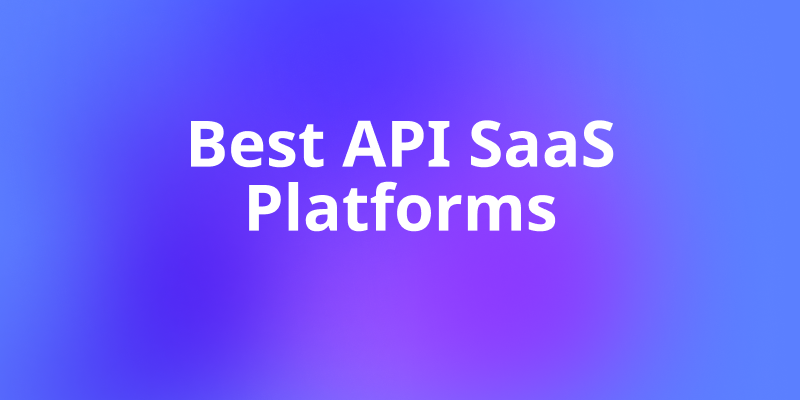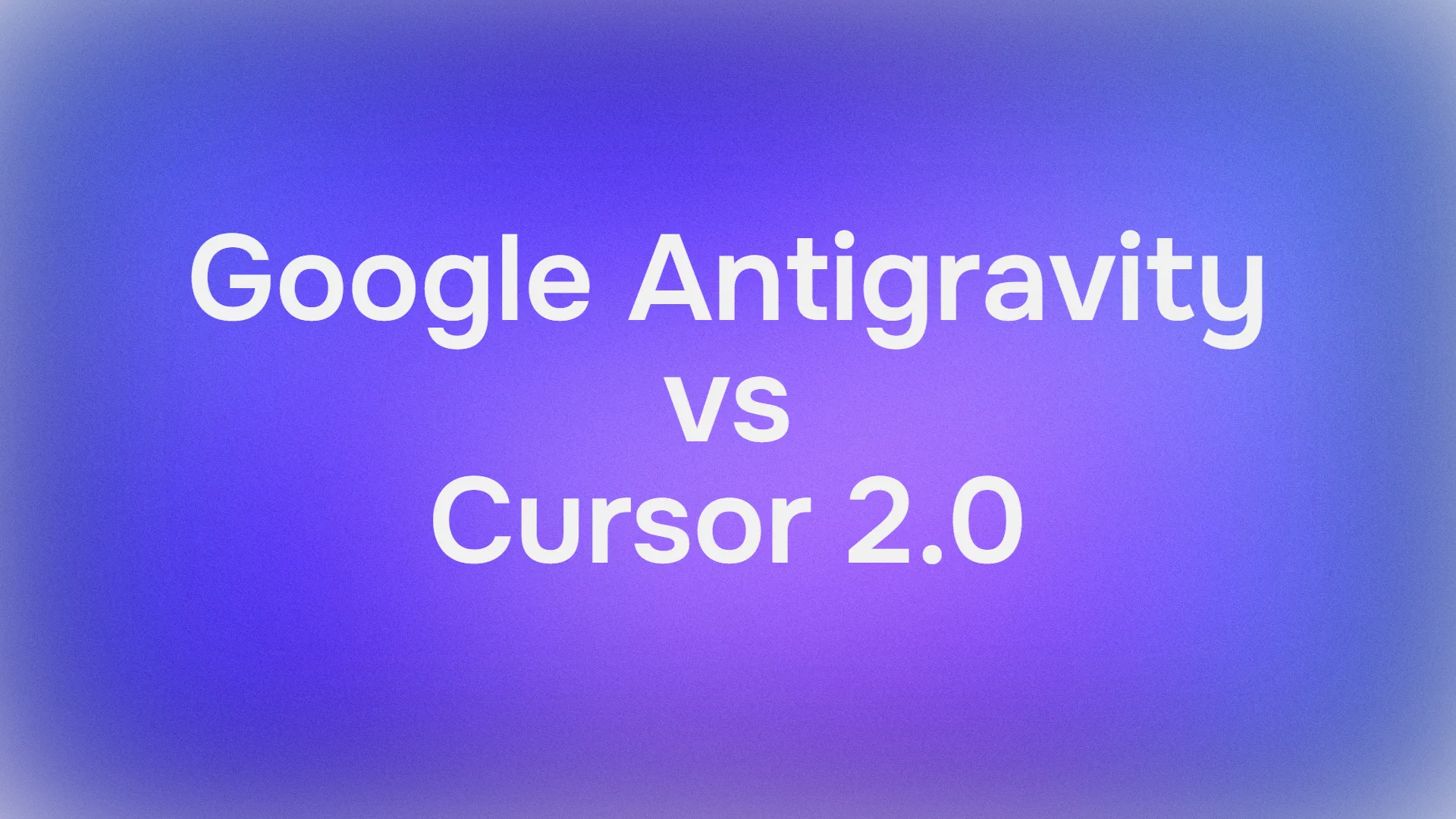APIs make different apps talk to each other, from connecting payment gateways to integrating chatbots. API SaaS platforms are the tools that make building, testing, and managing APIs possible.
If you’re building software, running a startup, or managing a large enterprise, the right API SaaS platform can make the difference between seamless integrations and endless headaches. If you're looking to stay ahead in 2025, knowing the top API SaaS platforms can help you streamline workflows, secure data, and accelerate development cycles.
Want an integrated, All-in-One platform for your Developer Team to work together with maximum productivity?
Apidog delivers all your demands, and replaces Postman at a much more affordable price!
Why API SaaS Platforms Matter in 2025
API SaaS platforms provide cloud-hosted capabilities to design, manage, test, and monitor APIs without the complexities of infrastructure management. In the early days of the web, APIs were mostly private tools used by developers inside a company. Fast-forward to today, and they’re public-facing products, often generating significant revenue. As digital ecosystems expand, these platforms play a crucial role in embracing modern development trends like microservices architectures, API-first design, and automation. They empower development teams to collaborate in real time.
But here’s the challenge:
- APIs must be secure.
- APIs must be well-documented.
- APIs must be tested and monitored continuously.
That’s where API SaaS platforms come in, they simplify everything from design to deployment while offering cloud scalability.
Now, let’s dive into the top 10 API SaaS platforms of 2025, starting with Apidog, and see how they stand out.
1. Apidog
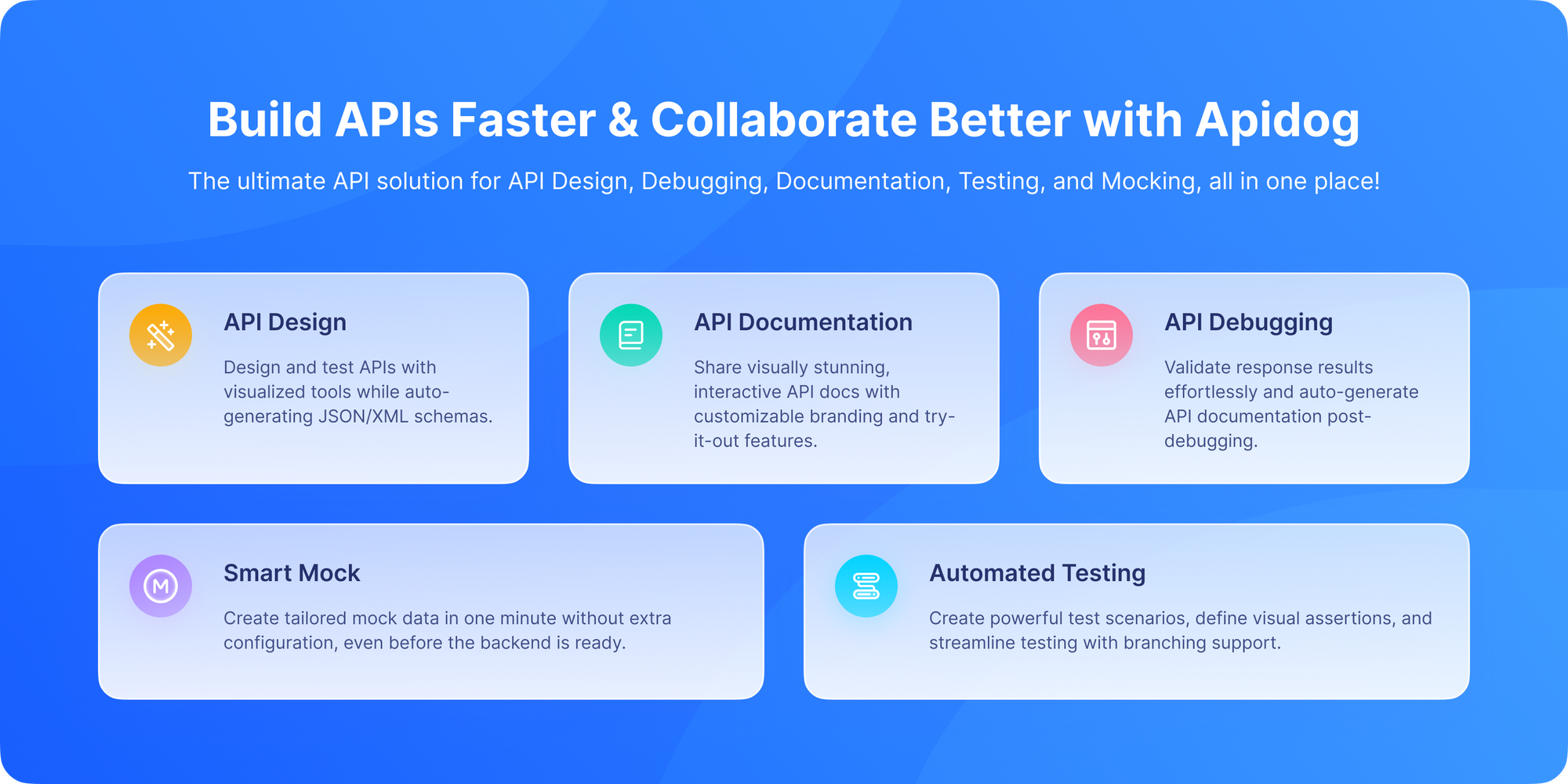
If you work with APIs, Apidog is a must-have. It combines API design, mocking, testing, debugging and documentation into a single platform, no more switching between five different tools.
Key Features:
- Design: Create and edit API schemas visually or with code.
- Test: Run automated tests directly in the platform.
- Mock Servers: Simulate endpoints before backend development is done.
- Documentation: Generate beautiful, interactive docs instantly.
- Collaboration: Share APIs securely with teammates.
- AI-assisted documentation, and version management.
Pros:
- User-friendly interface tailored for teams
- Powerful collaboration tools reduce API development friction
- Comprehensive lifecycle management from design to testing
- Free tier available for small teams
- Strong mock and performance testing support
Cons:
- New users may require some onboarding to leverage all features fully
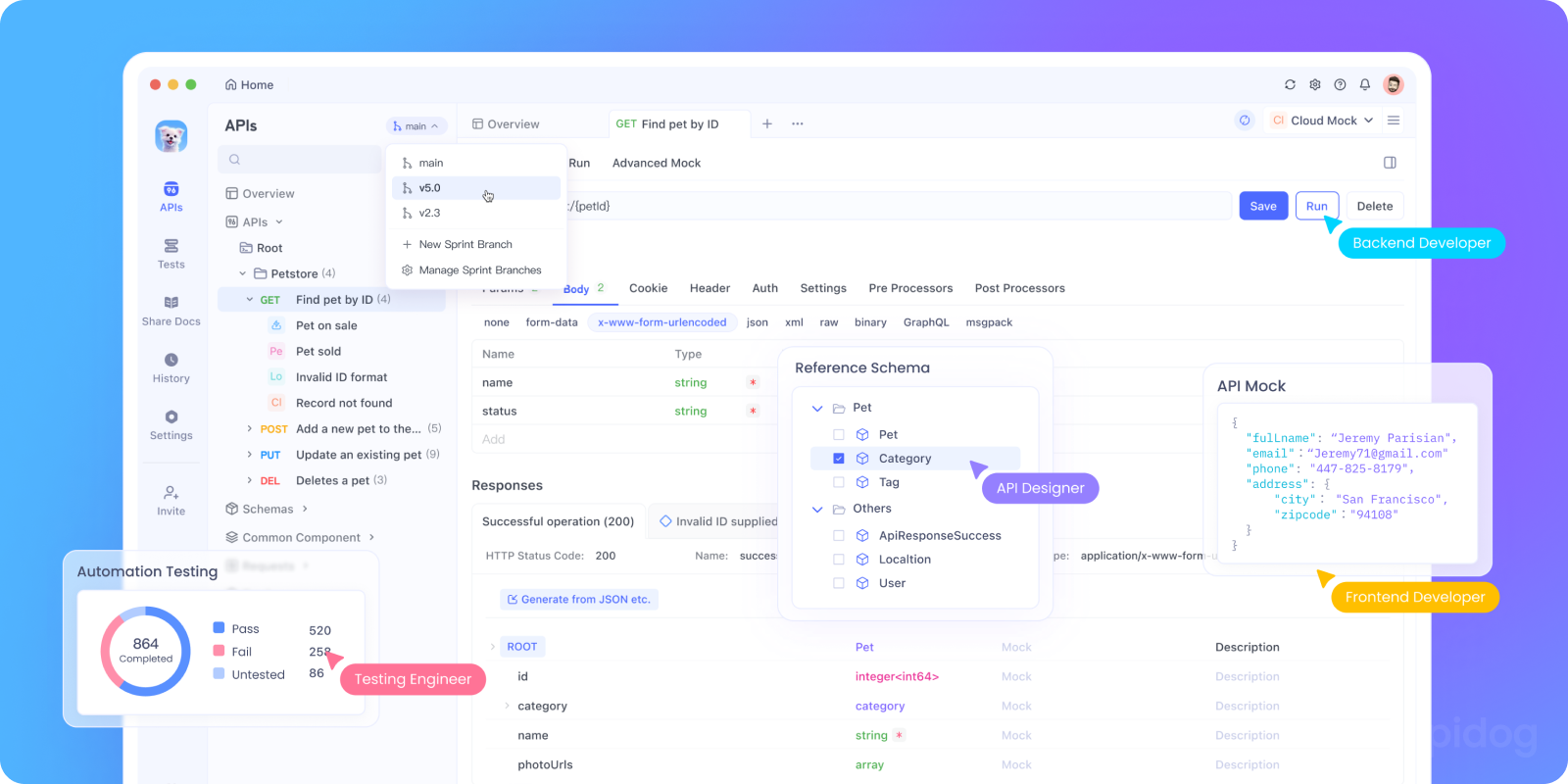
Apidog is also API-first, meaning it's built around developer workflows. Whether you're building an internal microservice or a public API product, Apidog makes the process faster, safer, and more organized. Apidog integrates seamlessly into modern API workflows, helping teams manage complexity and deliver high-quality APIs faster.
2. Microsoft Azure API Management
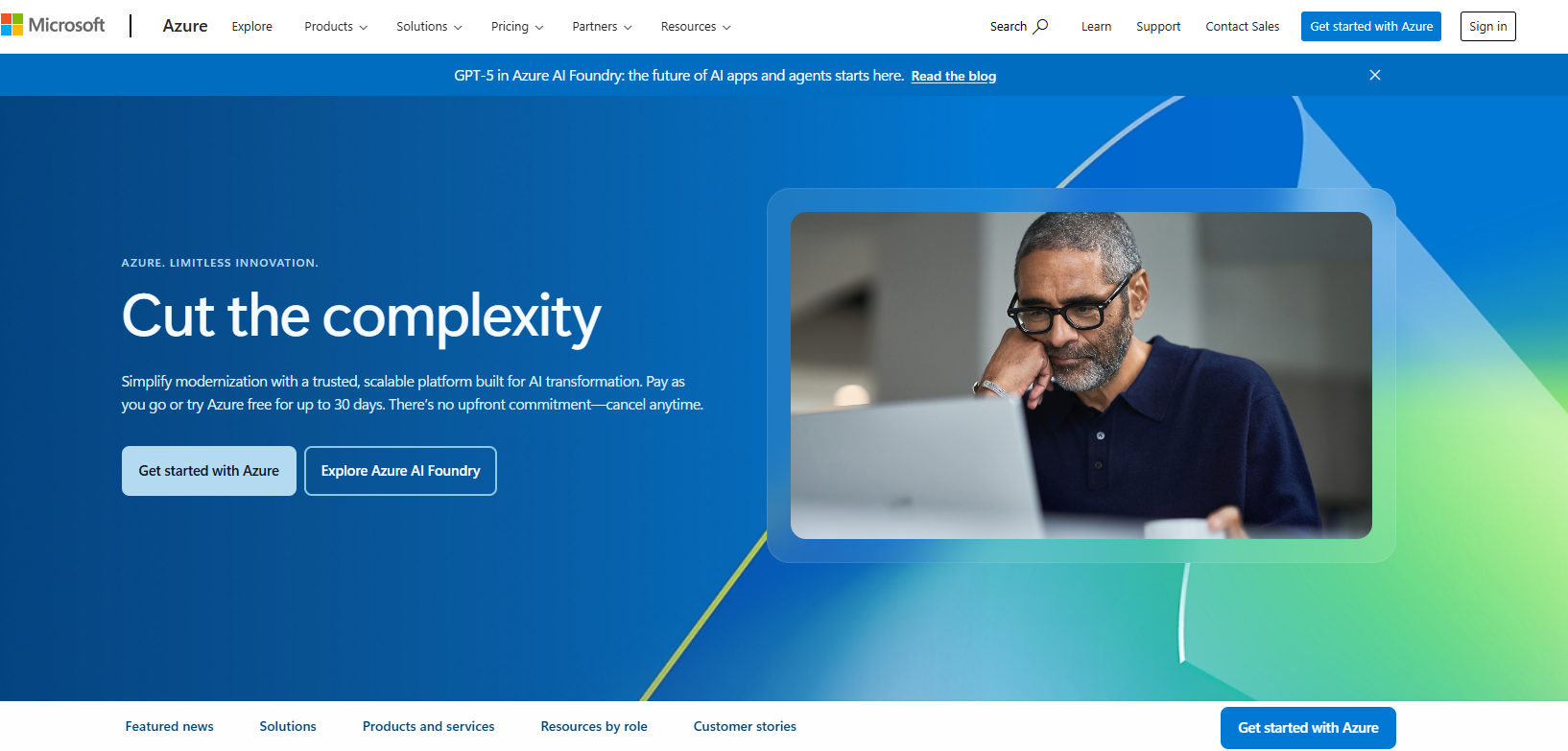
Azure API Management offers a centralized place to manage APIs across environments.
Key Features:
- Centralized API gateway with advanced security policies
- Developer portal for interactive API documentation and onboarding
- Analytics and monitoring of API usage and performance
- Multi-cloud and hybrid environment support
- API transformation and versioning tools
Pros:
- Deep integration with Azure services and security controls
- Scalable infrastructure suited for enterprises
- Comprehensive API lifecycle governance
Cons:
- Complexity in setup for smaller teams
- Premium pricing tiers can be costly
3. Kong Konnect
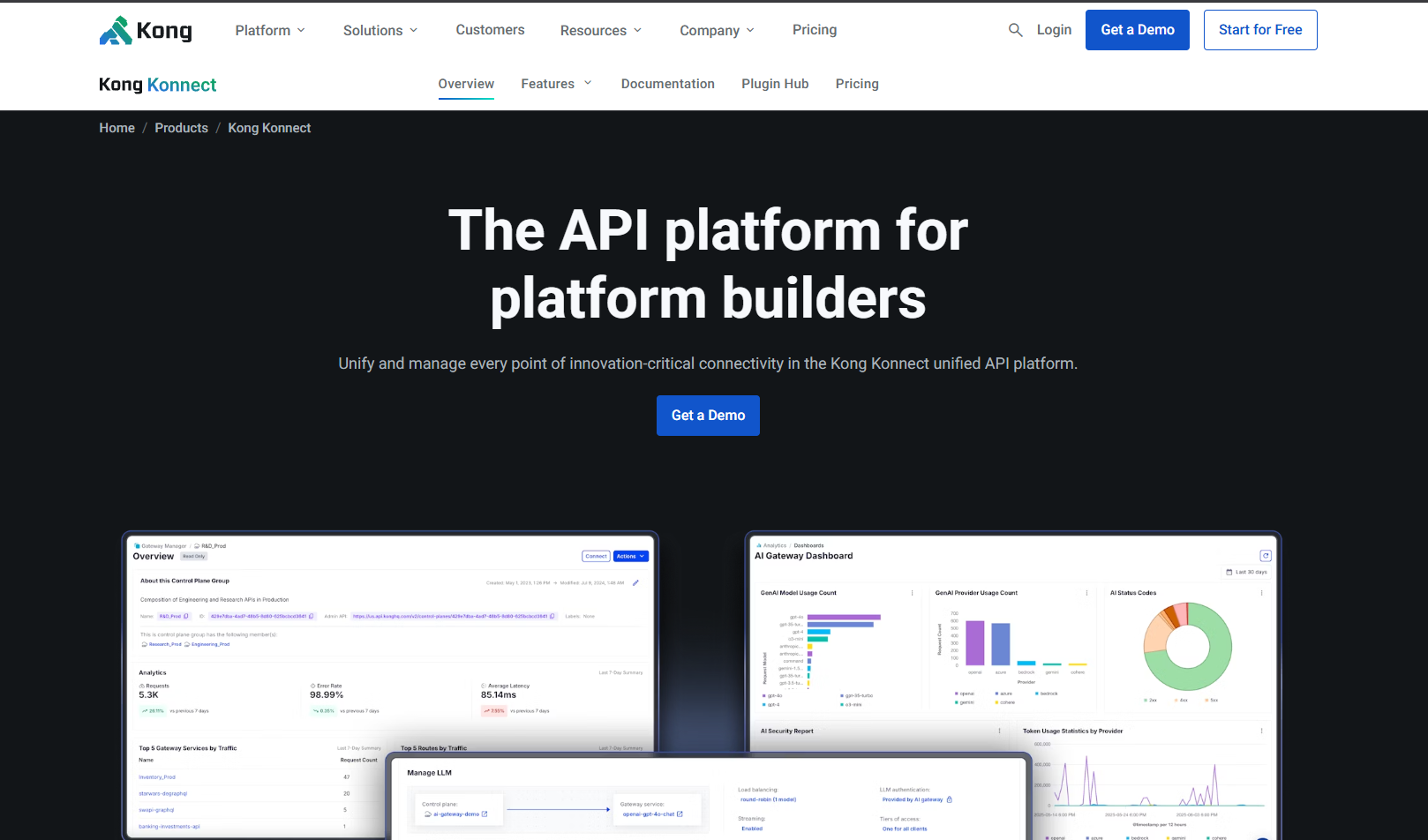
Kong is known for its open-source API gateway, but its SaaS product, Kong Konnect, offers API management in the cloud.
Key Features:
- Cloud-native, multi-cloud API lifecycle management
- Rich plugin ecosystem for security, rate limiting, and transformation
- Service mesh capabilities for microservices environments
- Real-time analytics and logging
- Developer portal for API discovery and collaboration
Pros:
- Highly scalable with flexible deployment options
- Strong security and traffic control plugins
- Supports modern API styles including REST, GraphQL, and gRPC
Cons:
- Learning curve for new users
- Pricing can be higher for advanced features
4. IBM API Connect
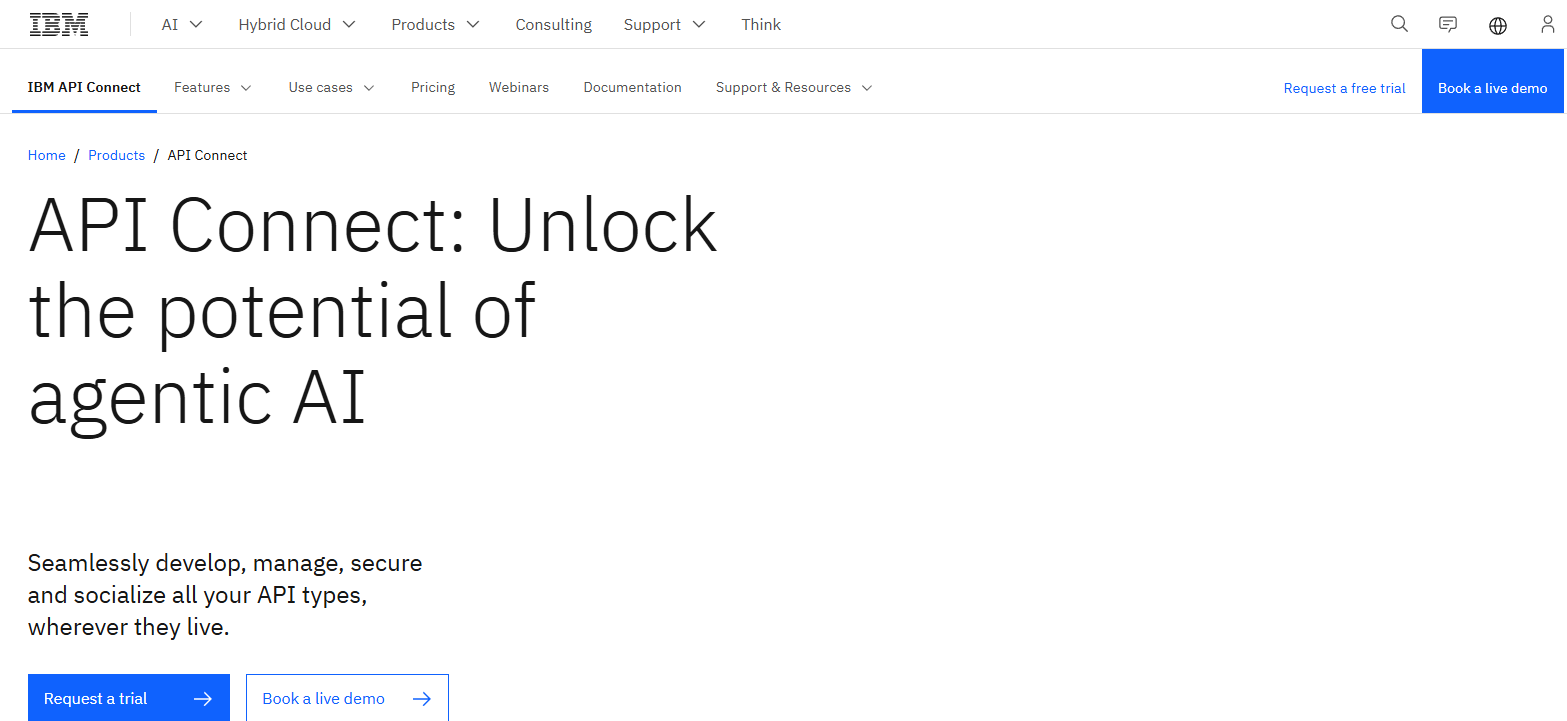
IBM’s API Connect is built for security, governance, and monetization.
Key Features:
- End-to-end API creation, running, and lifecycle management
- Security with OAuth, JWT, and advanced threat protection
- Self-service developer portals for API consumers
- Automation for policy enforcement and API versioning
- Cloud-native deployment options
Pros:
- Enterprise-grade security and compliance features
- Mature governance and monitoring tools
- Suitable for complex, large-scale API ecosystems
Cons:
- Higher cost and complexity
- Better suited for large enterprises
5. Postman

Postman has been around for years and remains a go-to for many developers. It’s best known for testing and sending API requests.
Key Features:
- API design, testing, and automation tools
- Rich collaboration features for distributed teams
- Mock servers and monitoring systems
- Extensive integrations with CI/CD pipelines
Pros:
- Popular with developers for ease of use
- Extensive community and ecosystem
- Free tier with generous features
Cons:
- Limited API gateway or runtime management
- Primarily focused on development and testing
6. Apigee (Google Cloud)
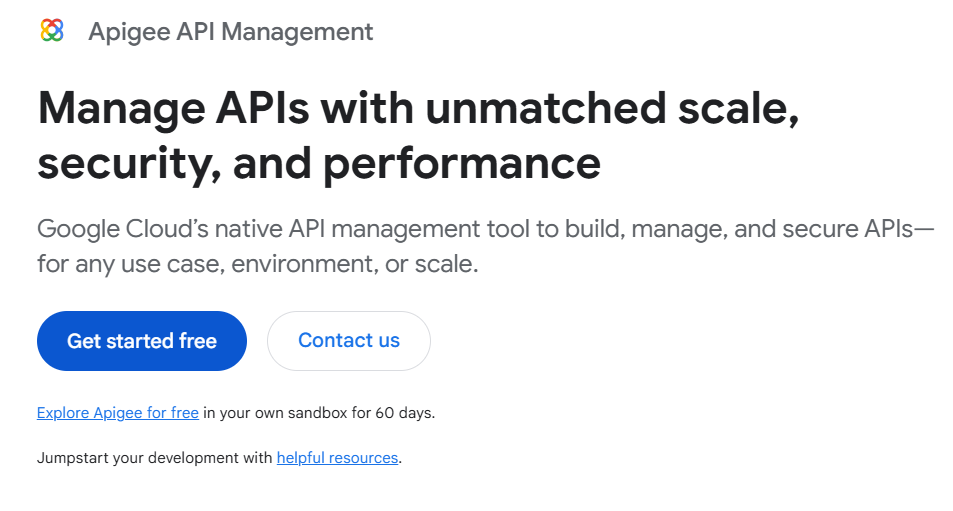
Apigee is a Google Cloud Platform service that provides a comprehensive API management platform. It enables organizations to build, manage, and secure APIs, offering features like API proxies, security, traffic management, analytics, and developer portals. Apigee acts as a layer between backend services and client applications, providing a consistent and reliable interface for accessing those services.
Key Features:
- Full lifecycle API management with proxying and mediation
- Analytics, security, and developer portals
- Monetization and quota management features
- Multi-cloud and hybrid deployment
Pros:
- Strong scalability and reliability backed by Google
- Comprehensive developer engagement tools
- Advanced security policies
Cons:
- Pricing and licensing complexity
- Learning curve for smaller teams
7. WSO2 API Manager
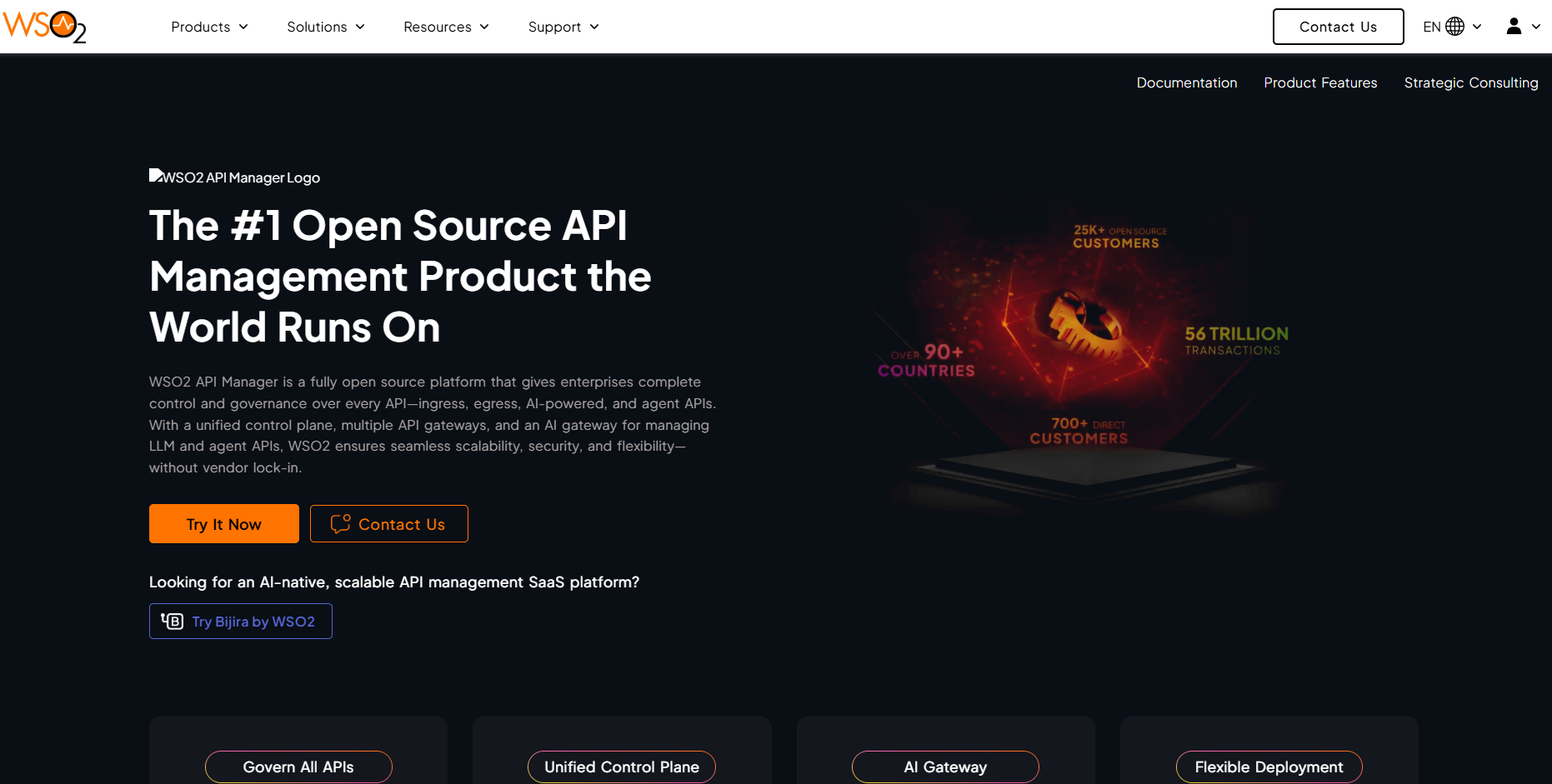
WSO2 API Manager is an open-source platform designed for comprehensive API management. It facilitates the entire lifecycle of APIs, from design and development to deployment, security, and monitoring.
Key Features:
- Open-source API gateway and management platform
- Support for OAuth, OpenID Connect, and JWT security
- Full API lifecycle support including publishing and versioning
- Analytics and policy enforcement
Pros:
- Free open-source version available
- Flexible and extensible
- Strong community support
Cons:
- Requires technical expertise to customize and maintain
- Less user-friendly UI compared to commercial offerings
8. MuleSoft Anypoint Platform
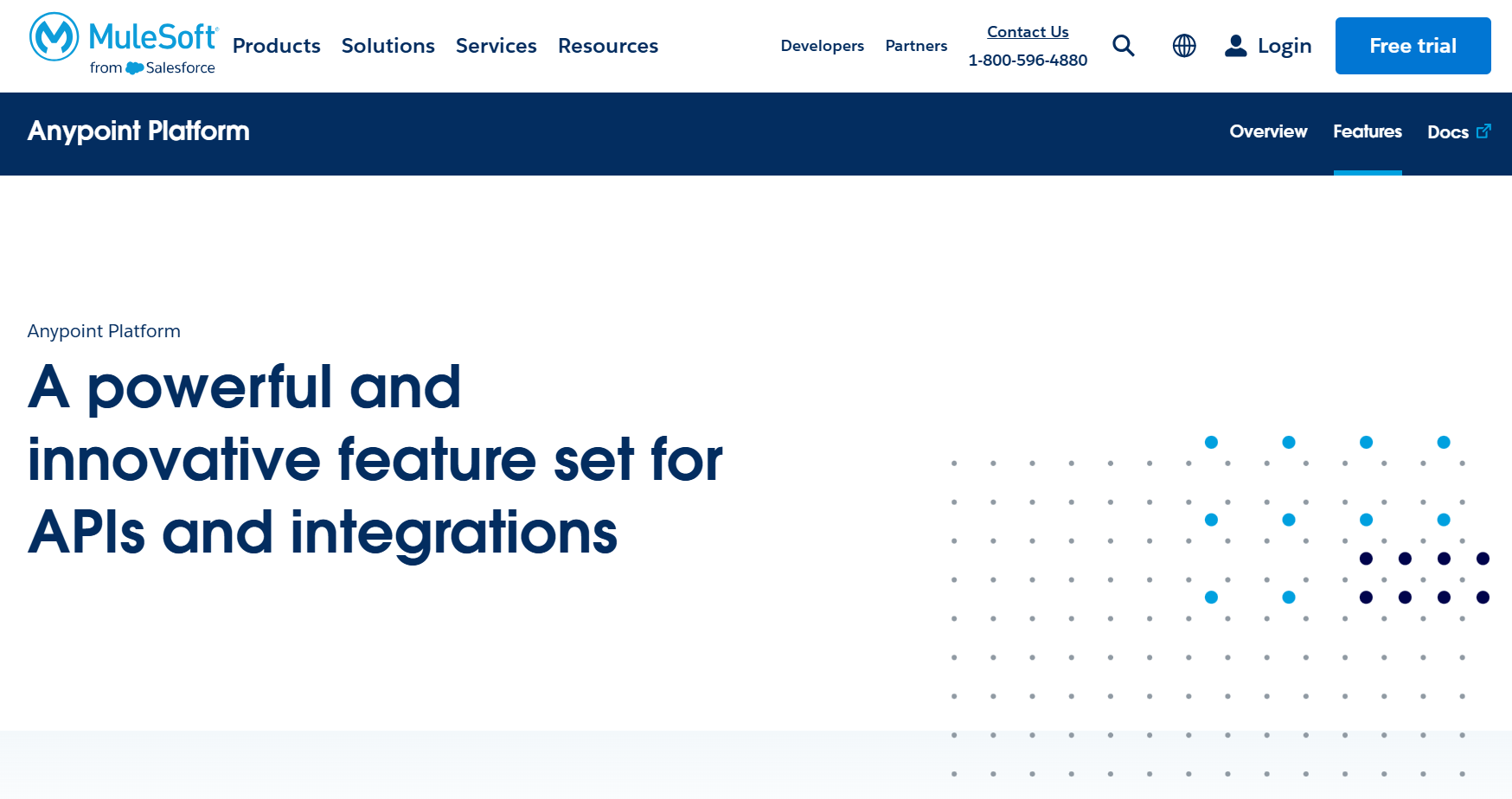
Owned by Salesforce, MuleSoft is a heavy-duty enterprise API management platform.
Key Features:
- Unified API design, development, and integration platform
- Visual data mapping and API orchestration
- API gateway with security and traffic management
- Analytics and monitoring tools
Pros:
- Strong focus on enterprise integration
- Powerful data transformation features
- Extensive pre-built connectors
Cons:
- Expensive licensing
- Complex setup and management
It’s powerful, but overkill for small teams and it comes with enterprise pricing.
9. Tyk
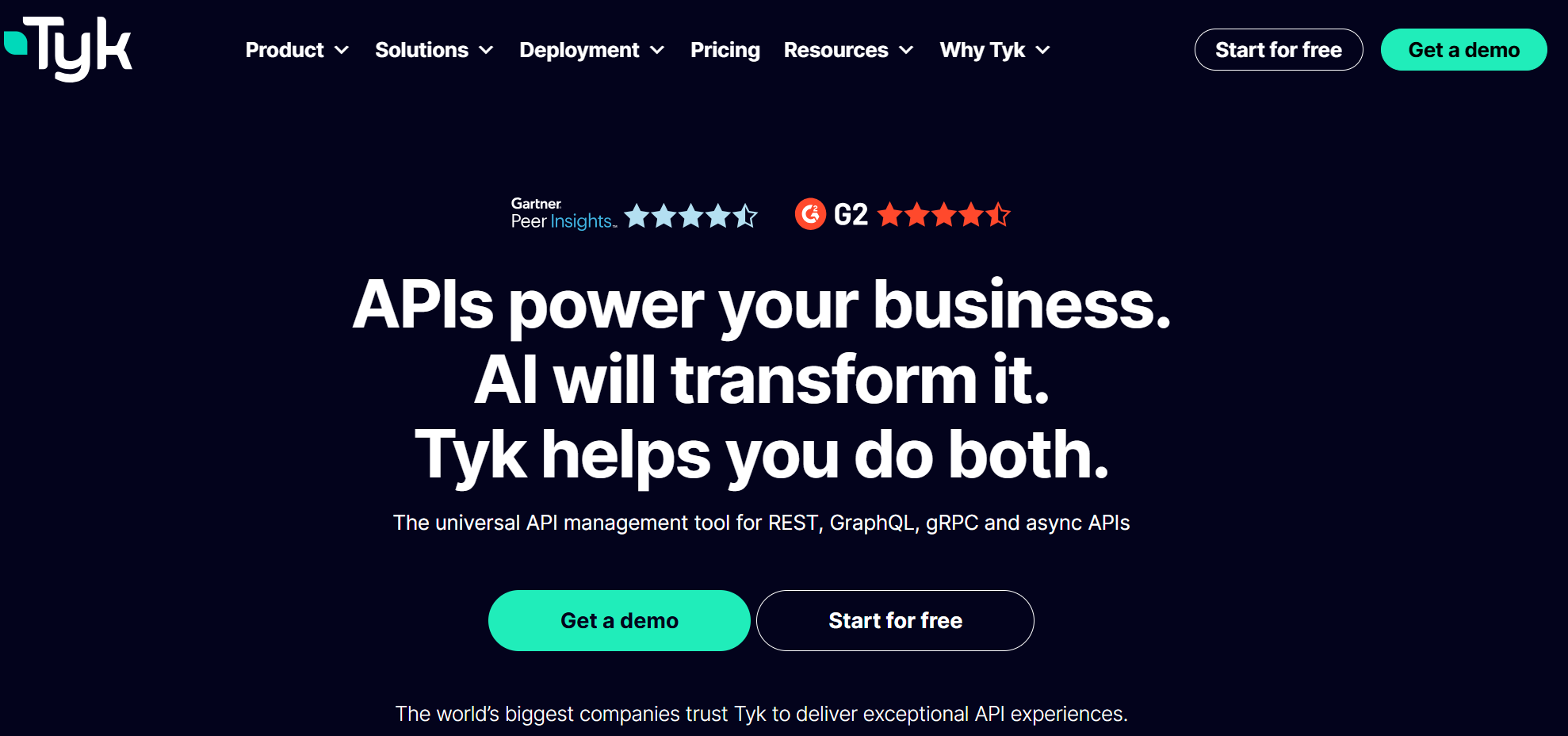
Tyk is an open-source-first API management platform with a SaaS option.
Key Features:
- Lightweight and high-performance API gateway
- Built-in analytics and developer portal
- Flexible deployment (cloud, on-prem)
- Open-core model with rich plugins
Pros:
- Easy to deploy and manage
- Good API analytics and security features
- Open-source option available
Cons:
- Fewer out-of-the-box integrations
- Enterprise features require paid version
Tyk is great for developers who like open-source flexibility but still want managed services.
10. RapidAPI
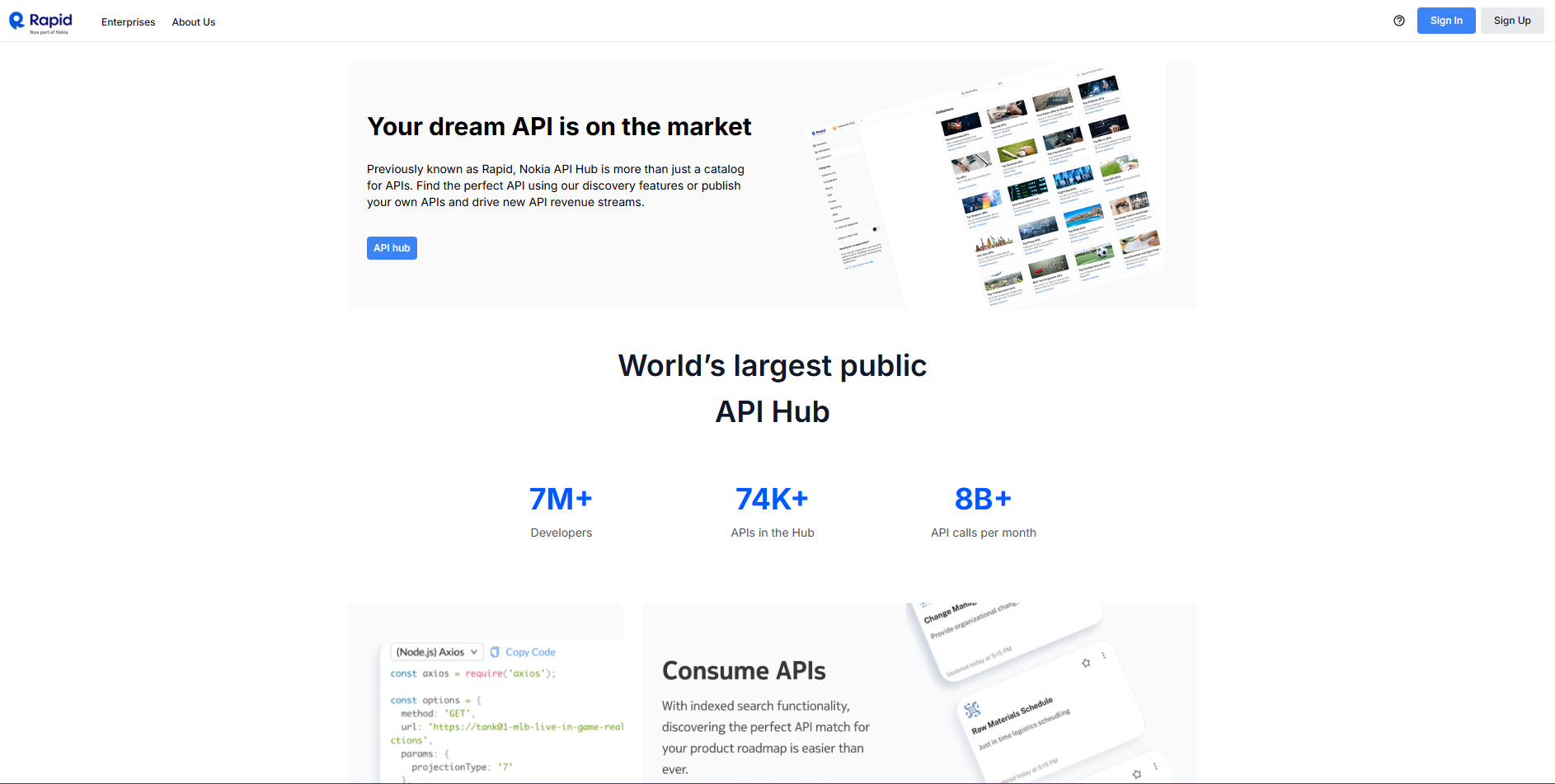
RapidAPI isn’t just a tool, it’s a marketplace for finding, connecting to, and managing APIs.
Key Features:
- API marketplace and management platform
- Subscription, billing, and user management for APIs
- Analytics and testing tools
- Developer portal for API providers
Pros:
- Great for SaaS companies monetizing APIs
- Extensive marketplace exposure
- Easy onboarding for developers
Cons:
- May not suit internal-only API management needs
- Fees associated with marketplace transactions
If you need to consume APIs more than build them, RapidAPI is worth checking out.
Trends in API SaaS Platforms for 2025
These platforms are evolving fast. Here’s what to watch:
- API-First Development: More companies start with API design before coding.
- AI-Powered Management: Automated anomaly detection and optimization.
- Better Developer Experience (DX): Tools offering instant mock servers and interactive docs (Apidog leads here).
- Multi-Protocol Support: REST, GraphQL, and gRPC in one place.
- Security by Default: Zero-trust API architectures and advanced authentication.
How Apidog Fits Into the Future
Among these leading platforms, Apidog distinguishes itself as a comprehensive, collaborative API platform tailored to modern development workflows. It combines ease of use with powerful features such as AI-driven documentation, mock server, testing automation, and real-time collaboration that accelerate API design and delivery.
Apidog isn’t just another API SaaS tool, it’s part of a new wave that combines the best features of multiple tools into one:
- Like SwaggerHub for design.
- Like Postman for testing.
- Like Stoplight for documentation.
- Like RapidAPI for collaboration.
The result? Fewer tools, faster workflows, and more secure APIs. With Apidog, developers and teams can manage API complexities with a unified platform that scales from small teams to large enterprises.
